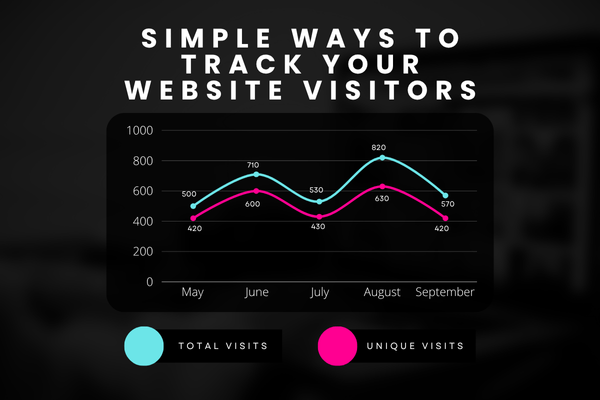Website heatmaps help you understand how people use your site. They show you where visitors click, how far they scroll, and what parts of the page get the most attention. Instead of just numbers, you see colors that highlight user activity. Hot areas mean more actions. Cold areas mean fewer.
If you’ve ever wondered why people don’t click your call-to-action button or why they leave a page quickly, heatmaps can help you find out. You no longer have to guess. You can see what’s working and what’s not.
There are three main types of heatmaps. Click heatmaps show where users are clicking the most. Scroll heatmaps show how far users scroll before stopping. Move heatmaps track where the mouse goes while users browse the page.
Let’s say you placed your sign-up button too far down the page. A scroll heatmap might show that most people don’t reach that part. You can then move the button higher. Or maybe a click heatmap shows that visitors are clicking an image that isn’t linked to anything. That’s a missed opportunity. You can turn that image into a link that leads to more helpful content or a product page.
Heatmaps also help with design. You may think something is clear, but users may ignore it. By checking the heatmap, you can make small changes that guide people better. This could mean changing the color of a button, making text larger, or reordering sections of your page.
You don’t need to be a designer or analyst to use heatmaps. Tools like Hotjar, Crazy Egg, and Microsoft Clarity offer free versions that are easy to set up. You add a small piece of code to your website, and the tool starts tracking for you. Within a few hours or days, you start seeing results.
The best time to use heatmaps is when you launch a new page, update an existing one, or notice that a page isn’t performing well. It gives you visual feedback, which is easier to understand than charts or long reports.
Keep in mind, heatmaps work best when paired with other tools like Google Analytics. Heatmaps tell you what users are doing. Analytics tells you who they are, where they came from, and what they do before and after visiting that page.
When reviewing a heatmap, focus on one goal at a time. If you want more people to click a button, see if they even reach it. If not, consider moving it or making it more visible. If people keep clicking the wrong thing, ask why that part draws attention.
Review your heatmaps every few weeks. As your content changes, user behavior may also shift. What worked last month may not work today. Regular checks help you stay one step ahead.
Website heatmaps are simple but powerful. They give you real insight into user behavior without making things complicated. They help you fix small problems that make a big difference in performance.
If you want a better website without guessing what needs fixing, start using website heatmaps today.


